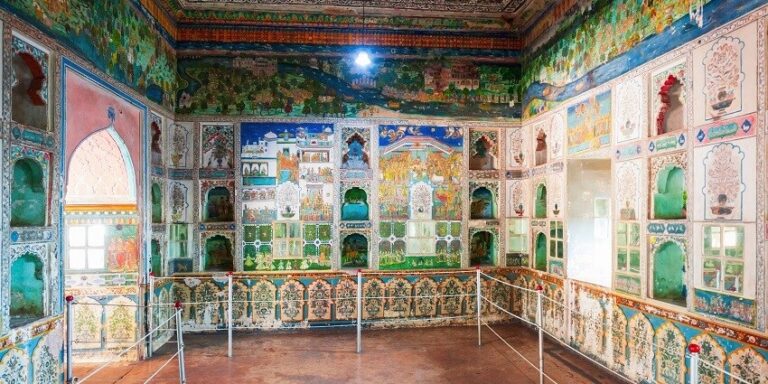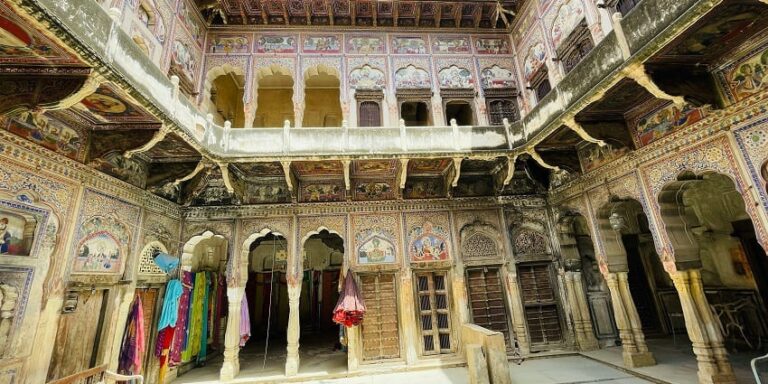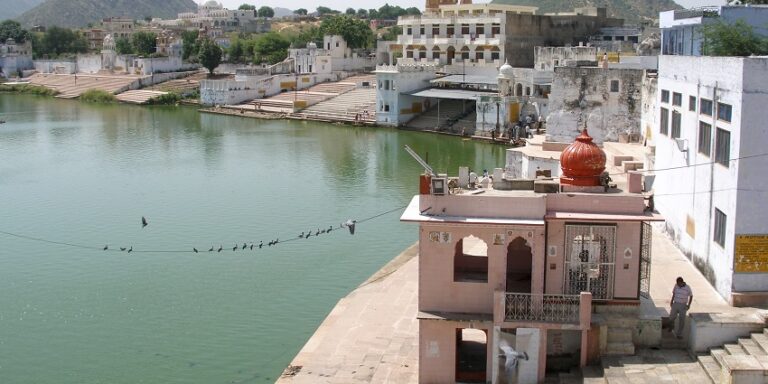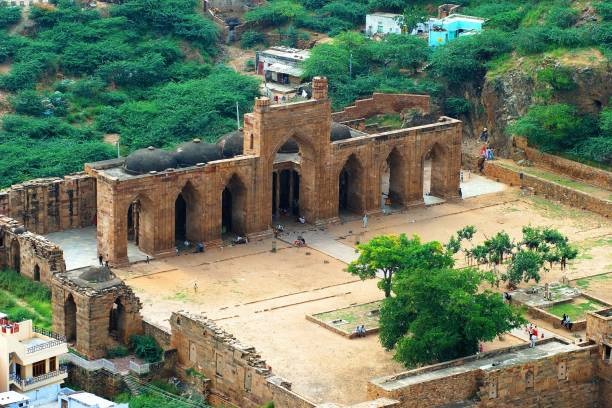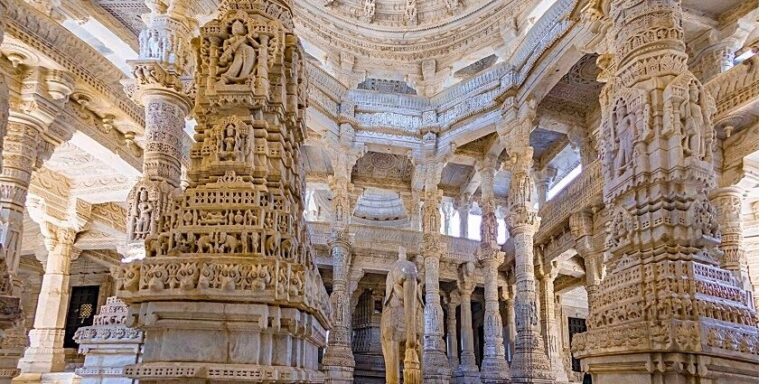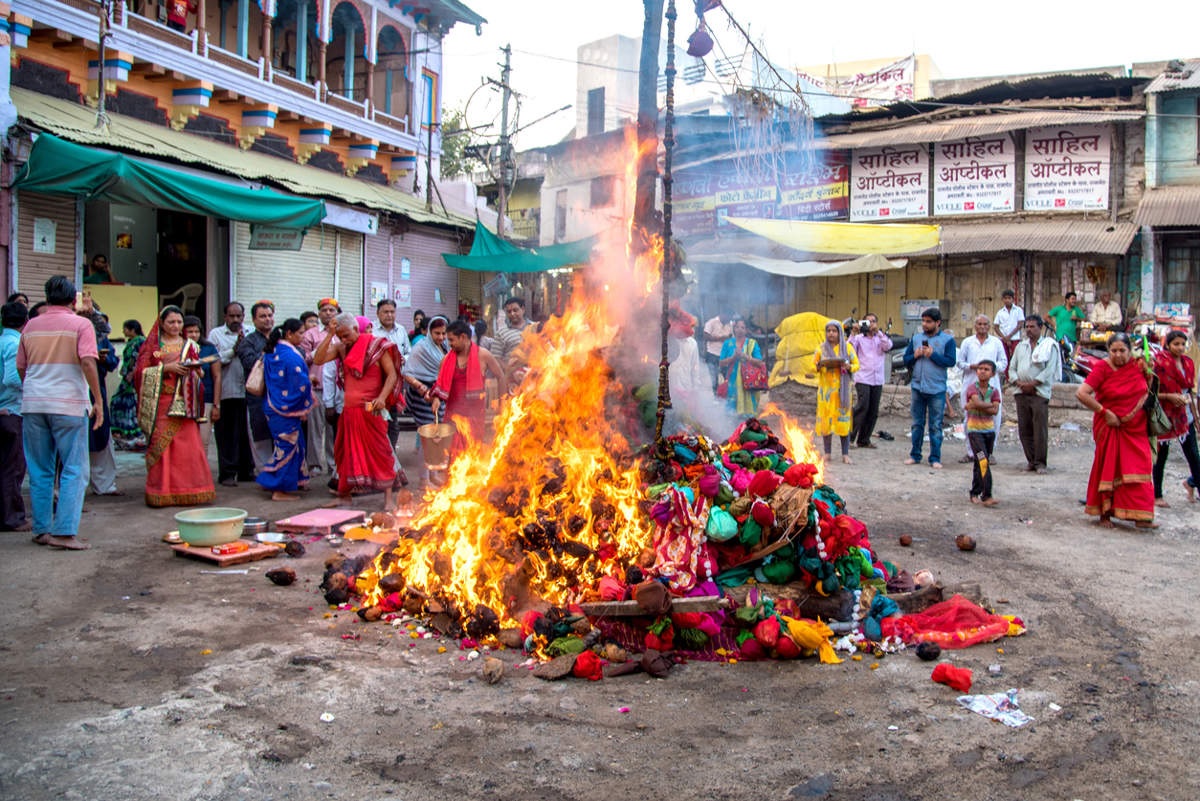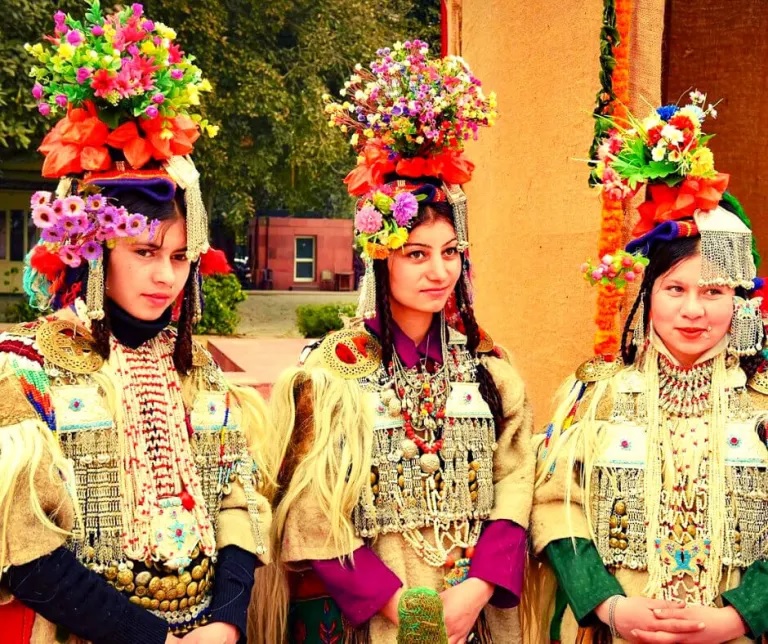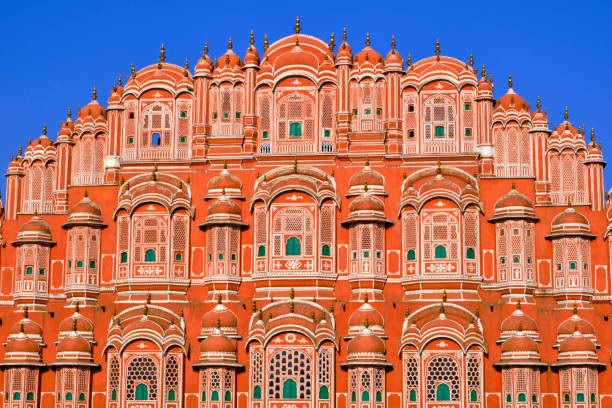
Jodhpur – Rajasthan, India
Jodhpur, founded by the Rajput dynasty in 1459, is now a rapidly and constantly growing city in India. In its early years, the city was a hub, as it was located on a busy and sought-after trade route. It was opium, copper, and dates that led to the founding of

